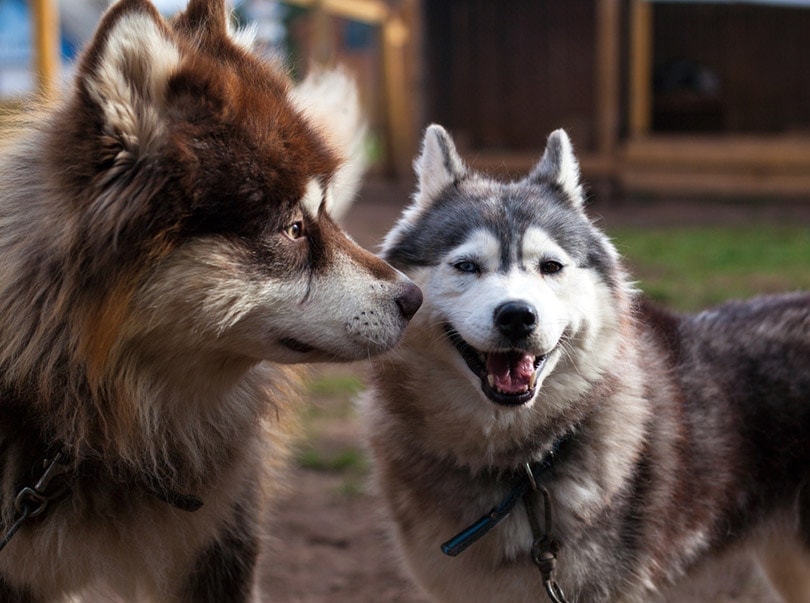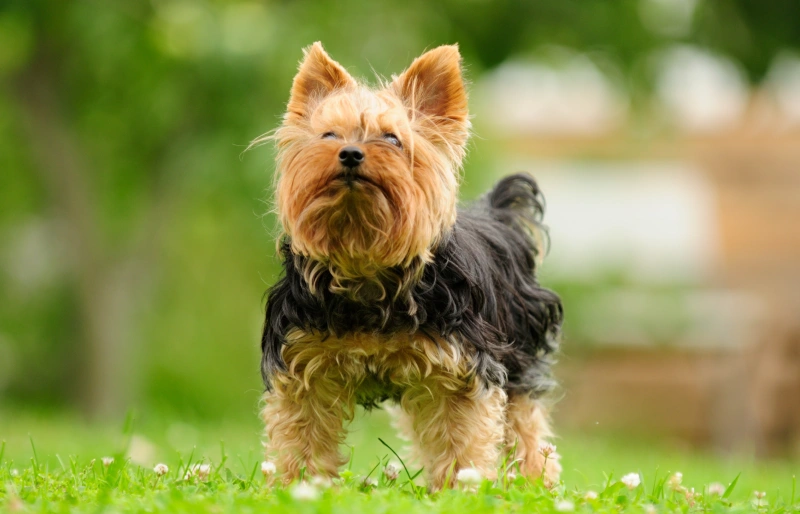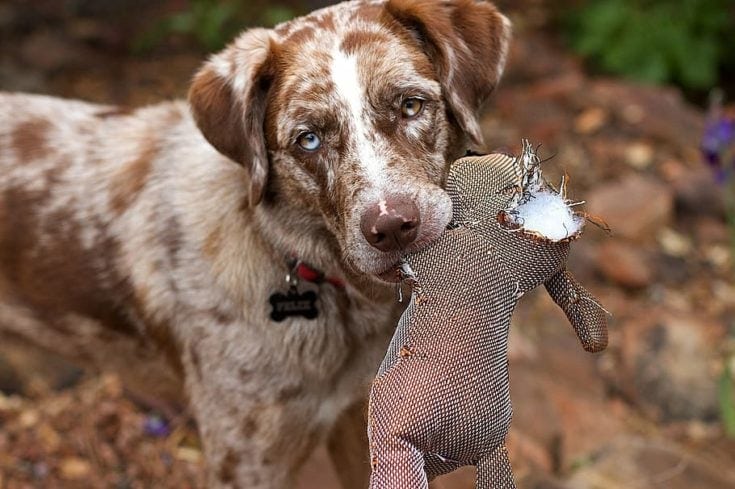How to Get Dog Hair Out of Blankets: 15 Expert Tips & Tricks

Updated on
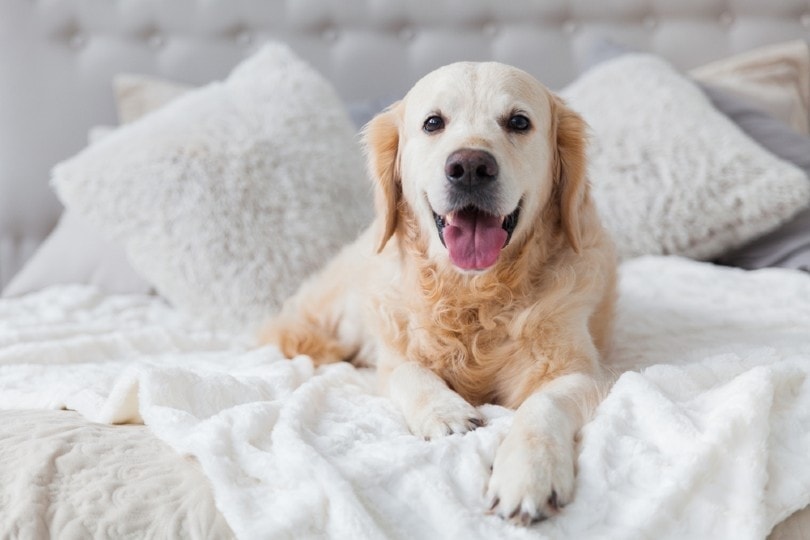
A canine is a great pet to have. They are lovable, silly, and your best friend. They can cheer you up on a blue day, and make you laugh when things are sour. There are not a lot of downsides to the scenario…except for their fur.
Dog fur is notorious for sticking to all kinds of fabrics and upholstery. If you like to cuddle with your pup in bed, you know one of the hardest places to remove it is from your blankets. It is not only that the hair is unsightly, but it can make allergies worse; plus, you never know what might be stuck to the fur.
If you’ve ever wrestled with excess shed on your duvet or throw blanket, we feel your pain. This is why we have come up with 15 easy ways to remove the fur without a lot of elbow grease. Take a look below for some easy DIY solutions for how to get dog hair out of blankets along with a few other innovative ways to rid the hair from your bed.
Click to jump to a section:
The 10 DIY Fur-Removing Hacks for Your Blankets
1. Shake Your Blankets

Although it may sound too simple to work, a good shake is one of the best ways to get dog hair off blankets. You want to make sure you are getting a good snap on the blanket, plus it helps to do it right after your pet has left the bed. This allows you to get it off before it can weave into the fabric.
2. Use a Lint Roller
Most of us have lint rollers around the house for our clothes. Did you know they also work great on your comforters and blankets? Stretch the blanket out as much as possible, and run the lint roller over the surface slowly. You’ll likely need a few sheets, but it does the job fairly well.
3. Use Rubber Gloves
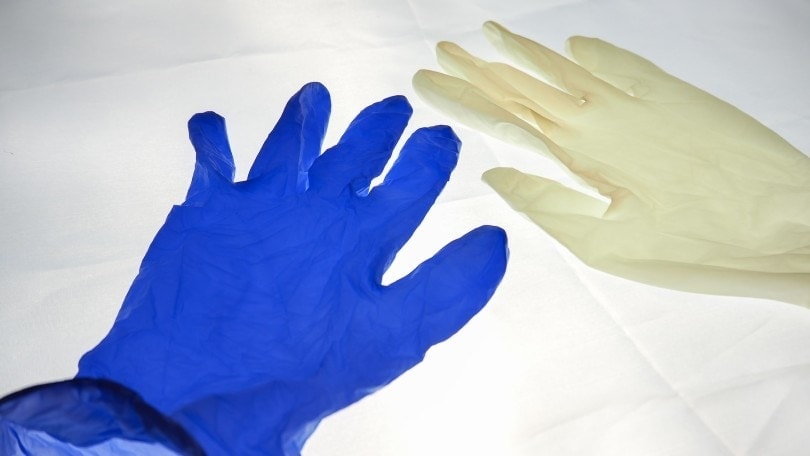
Unlike the lint roller, this is a less-known trick for removing canine hair. Rubber gloves, especially the ones with small bumps or nubs, are great for attracting fur. Start by laying the fabric flat then run your hands over the surface. It helps to have a towel nearby, as well, so you can wipe the fur off the gloves. This trick works best on blankets with a lot of texture or synthetic material. Want to give the gloves an extra boost? Try putting them underwater first, so they are damp.
4. The Pumice Stone
If you have a knitted, velvet, or another type of textured blanket, a pumice stone is a great alternative to the two options above. Run the dry stone along the fabric, and watch it dislodge the hairs. This is a great trick for pet owners whose dog has short thick hair such as Pitbulls. This type of fur can be very difficult to remove, but the pumice stone has been known to work.
5. Try a Sponge
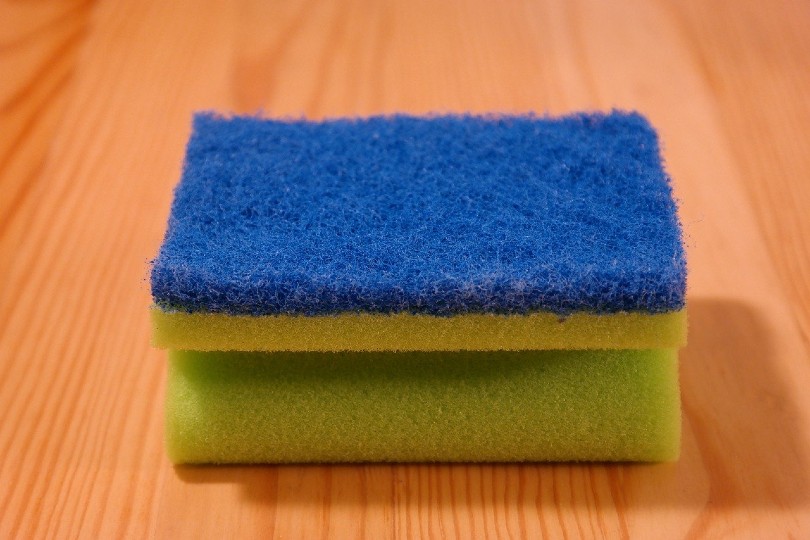
In this case, you want to find a clean sponge that has an abrasive side. We also suggest you try it dry and damp to see which works better. Again, you should have a towel handy so you can wipe off the sponge as the hair comes off the blanket.
6. Blow Up a Balloon
Thinner, fine dog fur does not stick well when there is static electricity involved. If you have a balloon, blow it up, and rub it across the surface of your blanket. As the static builds up, it will attract the fur. You can then easily wipe it off the balloon and into the trash. Keep in mind, that this is better for fluffy hair that’s not interwoven into the fabric.
7. Wash and Dry
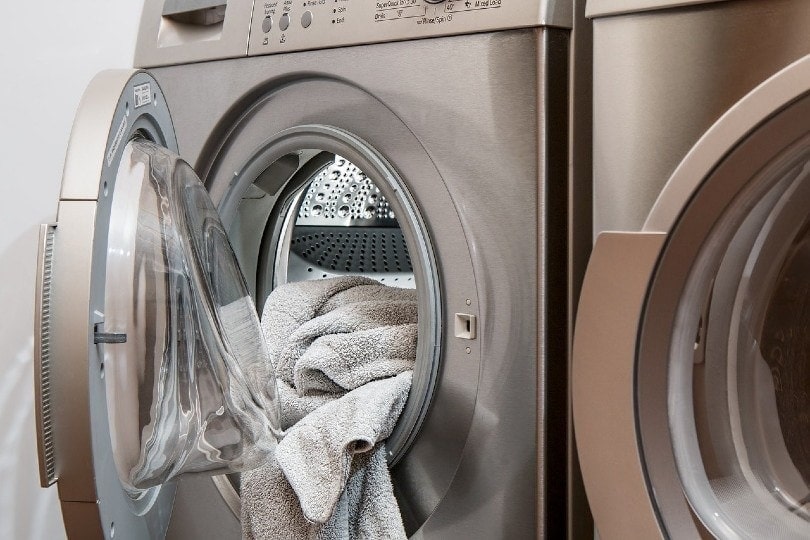
With this tip, you might be thinking that you wash your blankets all the time and it doesn’t help, right? That may be because you’re not doing it right. For example, before you put your blanket in the washer, put it in the dryer with no heat. This will help remove some of the fur, or at the very least loosen it. You also want to give it an extra rinse once it has been washed. The majority of the hair will come off in the dryer, so try to wash the blanket separately from other items. Dry it on low for a longer time to dislodge the majority of the fur.
8. The Squeegee
To use a squeegee, you want to lay the blanket flat as we mentioned before. Using a handheld option, you want to make short and hard strokes while holding the top portion of the fabric to create tension. Done right, this method can remove up to 95% of dog fur from your comforter and throws. Just remember to have a cloth handy to wipe your squeegee.
9. Fabric Softener
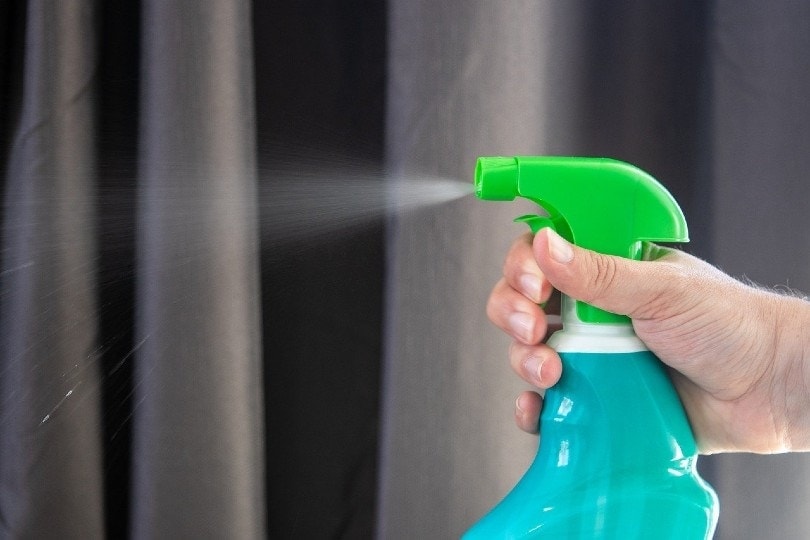
If you have some fabric softener lying around, you can use it to get rid of dog fur. Add one part softener and three parts water to a spray bottle. Mist the fabric and use a microfiber cloth to wipe over the damp areas as you go. This is another option that uses static electricity to help get rid of the hair.
10. Rubber Brush
This is yet another static-centric DIY for your blankets. For this to work, however, you will not only have to lay the blanket flat, but you will also need tension. You can do this by either holding the top portion of the material, or you can secure one end to something. We find tucking one end of the blanket under the mattresses is easy and convenient. Use short and quick brushing strokes to build up the static. The fur will stick to the rubber letting you remove it with a towel or cloth.
The 5 Products That Will Help Remove Dog Fur From Blankets
The DIY options above are effective, and they can usually be accomplished with things you already have in the house. If you don’t mind spending some money, however, there are a few items you can buy that will help with this problem, as well.
1. Grooming Gloves
Grooming gloves are not only great for your pet, but they can also help remove dog fur from your blankets. Simply run your hand along the fabric as you would your pet. The hair will come right up, plus you can throw the gloves into the washer and dryer.
2. Lint Roller Designed For Pets
If you like the idea of a lint roller, but your normal one doesn’t cut it, we recommend trying this one out. We recommend the Evercare Pet Plus Mega Cleaning Roller, which is an extra-large roller that will not only rig your blankets of pup hair, but you can also use the extended handle on floors and other surfaces where pet fur accumulates.
3. Dual Grooming Brushes
Like a pet glove, a dog brush can also help with unsightly fur. The trick is finding a dual-sided one that has bristles on one end and a velvet-like surface on the other. Both sides will help, but each side can be effective on different materials. For example, use the bristle side on thicker, denser fabric like faux fur or fleece. The velvet-like end is great for smoother blankets.
4. Dog Comb
A comb can be just as helpful as a brush when removing unwanted dog hair from blankets if you get the right one. Like the one here from Chewy, you want to find one that has larger and widely-spaced pins. We like this one because it rotates allowing you to easily get to all parts of the blanket. Keep in mind, however, this is a tool that works better on thicker, textured material.
5. Pet Vacuum
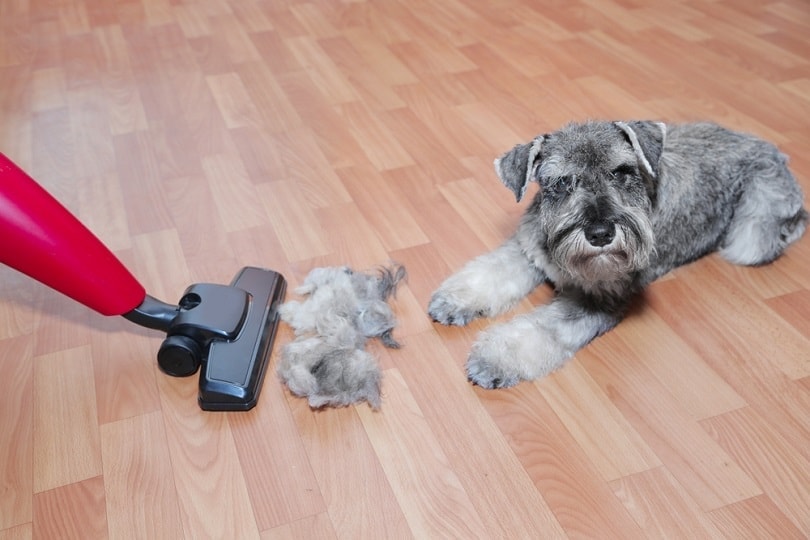
This is typically a big purchase, but it can make a big difference if you have a lot of animals in the house. A pet vacuum acts like a normal vacuum, but it has specific features that allow it to pull up fur without becoming clogged. Not only that, but they also come with attachments that help remove it in the first place.
Preventing Fur From Sticking to Your Blankets
Our last tip to remove dog fur from blankets is to prevent it from happening. The more you do to keep excess shed down, the less hair you will have to get off your bedclothes.
- Groom Often: It is no secret that brushing and comping your pup regularly is important for keeping the better part of their fur away from your fabrics. Depending on the type of pooch you have, this could be something you only have to do a few times a week. Most pups like it, as well.
- Bath Time: Bathing your pooch reduces the amount of shed your dog’s coat is holding. A good scrub will send the hair down the drain instead of stuck in your sheets.
- Shampoo: A no-shed shampoo will further cut down the loose fur that is likely to end up on your comforter. There are many great options, but try to find one that also has soothing properties like aloe that helps with itching, too.
- Put Down Another Blanket: If you have blankets you wish to preserve, but don’t want your pup to sleep on the floor, try putting down a sheet or older blanket on top of your good one. This will keep the majority of the hair off of the good fabric.
- Scotchgard: If you didn’t know, there is a Scotchgard you can use that is formulated specifically for pets. While it will not repel the fur, it will keep smells and other organic substances from seeping into your blankets.
- Vitamins: If you feel your pooch is shedding more than it should, you can try a less-shed vitamin that will help strengthen your pet’s hair. They are also good for their skin and will keep them from itching. Make sure you check with your vet before giving your pup any new vitamins, however.
Does your pet shed a lot? One of our favorite ways to reduce shedding in our pets is by bathing them with Hepper's Oatmeal Pet Shampoo!
In Summary
Dog fur on your blankets can be tough to deal with if you do not have any practical solutions. We hope the DIY tips and the store-bought options have given you some great options for how to get dog hair off comforters, blankets, and sheets!
Featured Image Credit: Prystai, Shutterstock





